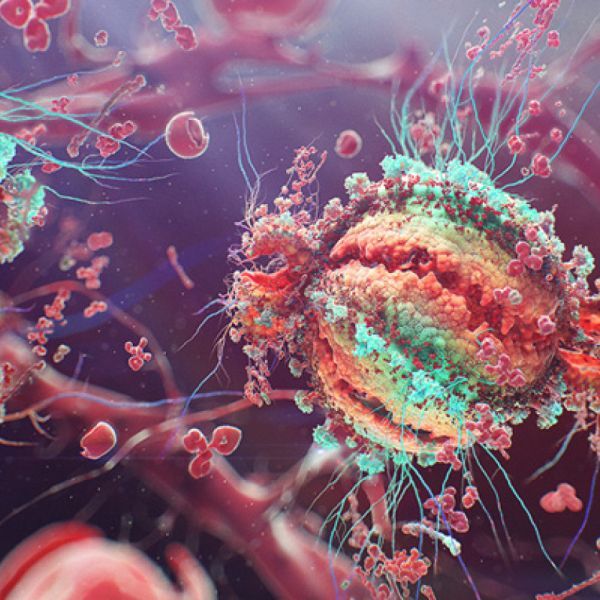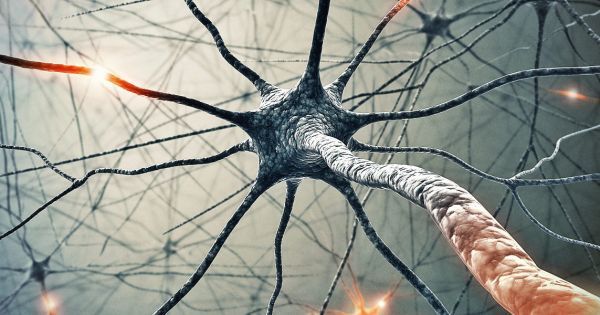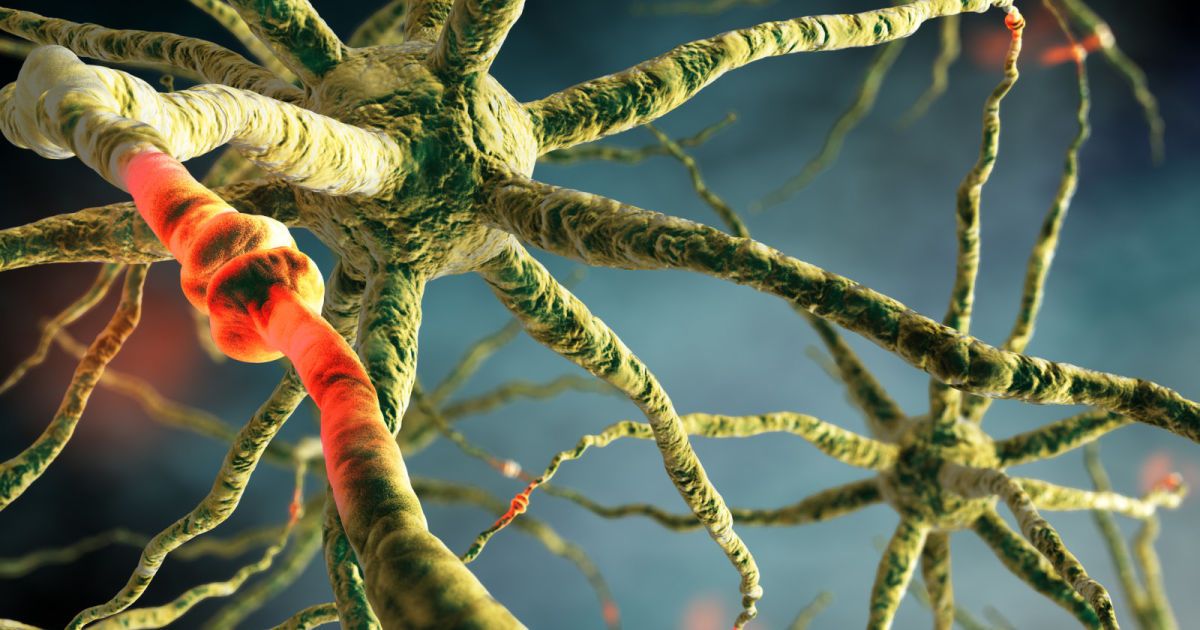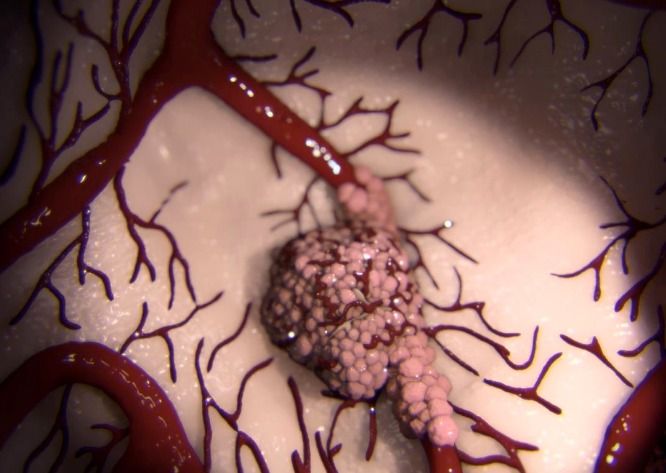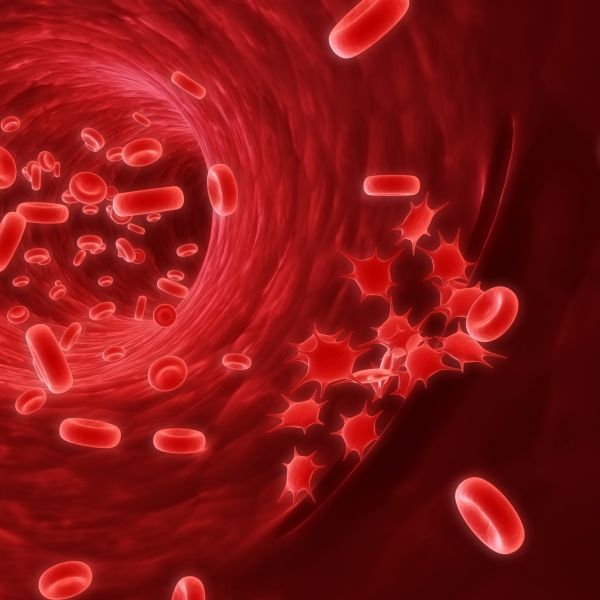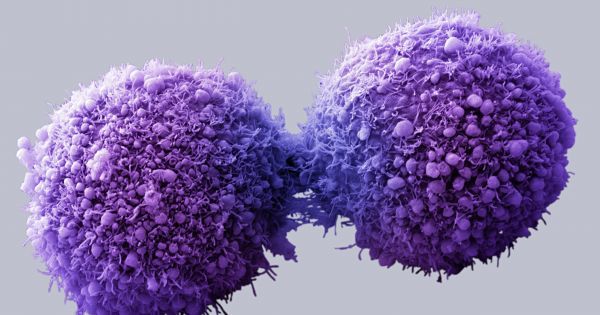Elysium Health hasn’t discovered the fountain of youth, but their new supplement—with the backing of some of the world’s foremost authorities on aging—could change how you get older.
Category: biotech/medical
We are a long way from a cure, but new research is giving us better tools and insights in our war against HIV, and we may soon be able to implement a viable vaccine.
Imagine a seasonal jab of antibodies that could neutralize HIV. Such an injection could prove to be next best alternative to an HIV vaccine, which has proven elusive to date.
American and German researchers have demonstrated that by injecting macaques with neutralising antibodies, they successfully shielded the monkeys from HIV infection for as long as six months.
It would seem that no one’s immune from the effects imposed by our increasingly sophisticated artificial intelligence and robotics — not even doctors. As research from Indiana University has revealed, a new computer program is doing a better job than doctors when it comes to both diagnosing and treating health conditions — and by a significant margin.
The system, which uses decision making processes similar to the Jeopardy-bot, Watson, was recently given the task of analyzing and predicting the health outcomes of 500 real individuals. After plugging in the relevant data — which mostly had to do with clinical depression and chronic diseases like high blood pressure and diabetes — researchers Kris Hauser and Casey Bennett compared the outcomes to the simulated treatment prescriptions.
A small clinical trial of 10 patients with early Alzheimer’s disease has shown that the memory loss and cognitive impairment caused by the disease can be reversed.
Scientists at the University of California, Los Angeles found a new treatment that could potentially reverse memory loss and cognitive impairment among patients with early Alzheimer’s disease.
In a small clinical trial, 10 individuals underwent a treatment called “metabolic enhancement for neurodegeneration,” or MEND. The treatment is based on 36 different factors, including changes in diet, exercise, and sleeping habits. It also includes the integration of certain drugs, vitamins, and brain stimulation therapy to a patient’s regular routine.
A transistor, conceived of in digital terms, has two states: on and off, which can represent the 1s and 0s of binary arithmetic.
But in analog terms, the transistor has an infinite number of states, which could, in principle, represent an infinite range of mathematical values. Digital computing, for all its advantages, leaves most of transistors’ informational capacity on the table.
In recent years, analog computers have proven to be much more efficient at simulating biological systems than digital computers. But existing analog computers have to be programmed by hand, a complex process that would be prohibitively time consuming for large-scale simulations.
Power consumption is one of the biggest reasons why you haven’t seen a brain-like computer beyond the lab: the artificial synapses you’d need tend to draw much more power than the real thing. Thankfully, realistic energy use is no longer an unattainable dream. Researchers have built nanowire synapses that consume just 1.23 femtojoules of power — for reference, a real neuron uses 10 femtojoules. They achieve that extremely low demand by using a wrap of two organic materials to release and trap ions, much like real nerve fibers.
There’s a lot of work to be done before this is practical. The scientists want to shrink their nanowires down from 200 nanometers thick to a few dozen, and they’d need new 3D printing techniques to create structures that more closely imitate real brains. Nonetheless, the concept of computers with brain-level complexity is that much more realistic — the team tells Scientific American that it could see applications in everything from smarter robots and self-driving cars through to advanced medical diagnosis.
Metastasis (spread of cancer) is one of the biggest challenges in cancer treatment. It is often not the original tumor that kills, but secondary growths. But a key question in cancer research has been how vulnerable cancer cells are able to survive once they break away from a tumor to spread around the body.
“Metastasis is currently incurable and remains one of the key targets of cancer research,” said lead researcher Stéphanie Kermorgant, PhD, from Barts Cancer Institut at Queen Mary University of London (QMUL). “Our research advances the knowledge of how two key molecules communicate and work together to help cancer cells survive during metastasis. We’re hoping that this might lead to the discovery of new drugs to block the spread of cancer within the body.”
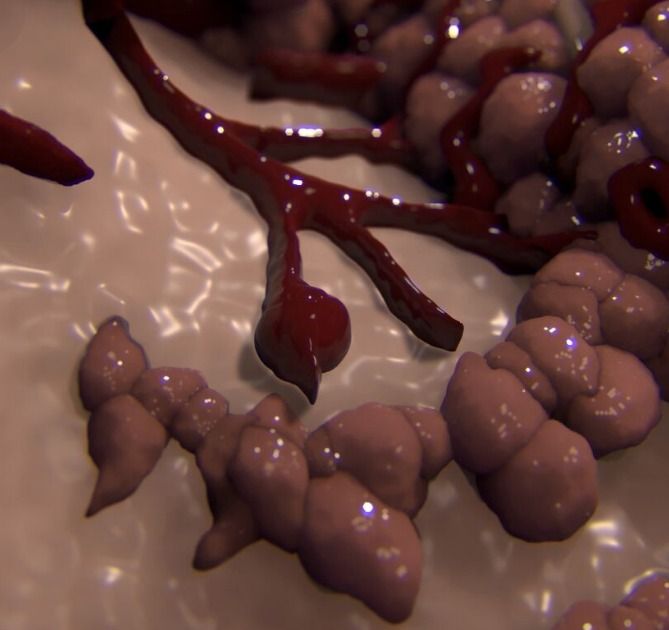
The study, published in an open-access paper in Nature Communications, examined the changes that occur in cancer cells as they break away from tumors in cell cultures in mice and zebrafish. The research revealed a previously unknown survival mechanism in cancer cells and found that molecules known as “integrins” could be key.
My new Psychology Today story on BREXIT and the EU:
Scientific innovation doesn’t just happen on its own. It takes stable economies, free societies, and open-minded governments. The best environment for science to thrive in is that of collaborating groups incentivized to communicate and cooperate with one another. This is precisely what the European Union is.
And now, more than ever, the union of Europe is needed—because we are crossing over into the transhumanist age, where radical science and technology will engulf our lives and challenge our institutions. Robots will take 75% of the jobs in the next 25 years. CRISPR gene editing technology will allow us to augment our intelligence, perhaps doubling our IQ. Bionic organs will stave off death, allowing 200 year lifespans.
The science and technology coming in just the next two decades will cause unprecedented challenges to humanity. Most of the world will get chip implants— I have one —to assist with quick payments, emergency tracking, and to replace archaic accessories like car keys. We’ll also all use genetic therapies to cure cancer, heart disease, Alzheimer’s, and even aging. And robots will be ubiquitous—driving us everywhere, homeschooling our children, and maybe even becoming preferred sexual partners.
Excellent!!! Cannot wait until we eradicate cancer, MS, Parkinson, Dystonia, Cystic-Fibrosis, LGD, etc.
A team of Physicians at the University of Pennsylvania’s School of Medicine now has their project of modifying the immune cells of 18 different cancer patients with the CRISPR-Cas9 system approved by the National Institute of Health.
CRISPR is the gift that keeps on giving—when it’s not fighting blindness, tackling HIV, or even recording real-time immune responses, it is taking on the emperor of all maladies: cancer.
But what’s even more fascinating about this use of CRISPR is that the National Institute of Health’s (NIH) Recombinant DNA Research Advisory Committee (RAC) has approved the first-ever use of CRISPR in human cancer therapy, a monumental step in the history of the gene-editing technology.

